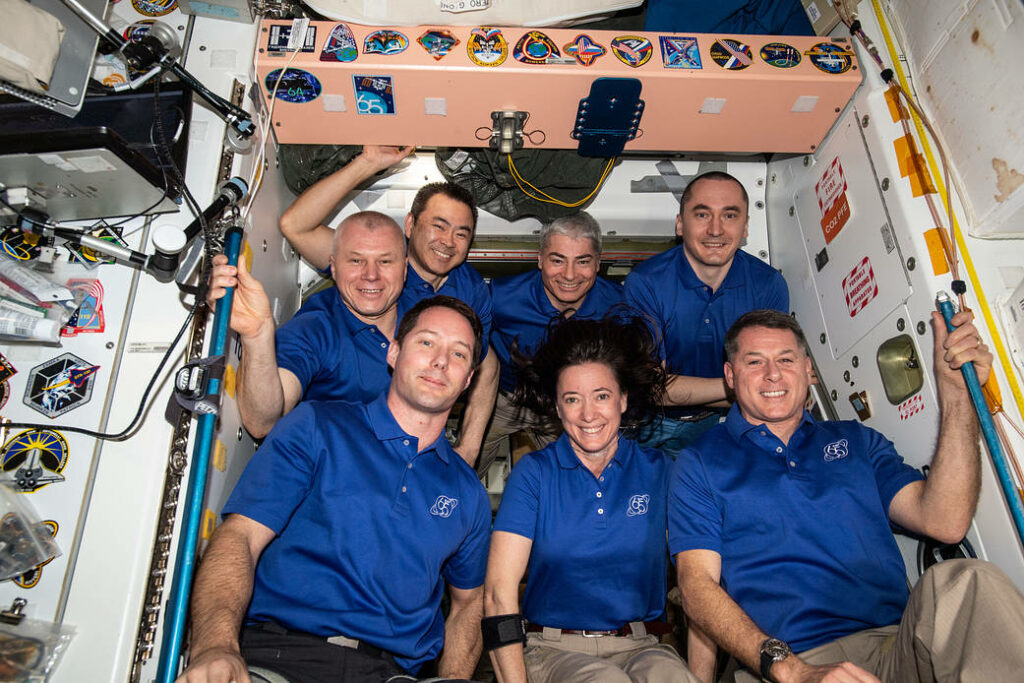The Air Force’s Air Combat Command authorized operation “Black Flag,” a tactics and integration exercise at Nellis Air Force Base, Nevada.
Military.com | By Oriana Pawlyk
The U.S. Air Force has just signed off on a new flag exercise involving large weapons and capabilities under one comprehensive test event.
Air Combat Command’s Gen. Mark Kelly earlier this month authorized “Black Flag,” a tactics and integration exercise at Nellis Air Force Base, Nevada, the service said in a release.
“Black Flag accelerates months of work and combines it into a high-end, large force testing event,” Kelly said in the release. “Because combat is large force employment, test must also include large force employment.”
The service said that while Red Flag is designed “to train like we fight, Black Flag allows the Air Force to test like we fight.”
Red Flag is an integrated, multi-force training exercise within a simulated combat environment held at Nellis. The exercise, established in 1975 at the end of the Vietnam War, brings together a variety of aircraft — bombers, fighters, electronic, cargo and reconnaissance aircraft, and others — to practice and coordinate for air-to-air and surface-to-air defense, command, and control, intelligence gathering and strike operations.
The service wants to get ahead of issues that may arise in a Red Flag environment, explained 1st Lt. Savanah Bray, spokeswoman for the 53rd Wing. The 53rd is the only Wing responsible for operational test and tactics development for the Air Force’s fighter, bomber, and drone fleet.
The Air Force already independently tests every system it uses. That includes newer technologies such as the Eagle Passive/Active Warning and Survivability System (EPAWSS) for the F-15, Strike Eagle, and the Active Electronically Scanned Array (AESA) radar the F-16 Fighting Falcon, Bray said. But the siloed approach to testing does not offer airmen the chance to interact with multiple systems in a single event, she said.
A system may work under an individual test, Bray explained. Still, when brought into a flag-level exercise with multiple aircraft flying with various sensors, radars, and weapons, occasionally “something didn’t work.”
During Red Flag, “You could have a pilot who is brand new or a weapon systems officer [participating] in their first Red Flag. They’re not qualified to be testing in this situation, and so suddenly, they have an aircraft pull out because something didn’t go to plan,” Bray said in a phone call Monday.
“Black Flag is a singular event where we’re validating to see if things work, or not work, so we can go back to the drawing board and say, ‘Yes, this worked up until this point [but] how do we get past this point?'” she said. “We couldn’t go out and test these things during a Red Flag event, because that could be really interrupting a training event. So we needed an event that had experienced pilots who know how to test [ahead of time].”
We needed an event that had experienced pilots who know how to test [ahead of time].”By bringing this kind of training together as a flag-level exercise — with multiple units participating from several services — there’s now a greater emphasis on its necessity.
The creation of Black Flag ensures this kind of technology testing can receive “the funding, the resources, the attention and the participation that a wing level exercise couldn’t allow,” Bray said. The concept isn’t totally new, the service said in the release.
The Air Force already has two flag exercises that test interoperability — Orange Flag and Emerald Flag. However, the three have distinct objectives; a defense official told Military.com in the background.
Orange Flag, for example, focuses on “ensuring weapons systems meet the specifications and requirements” laid out by the service, while Black Flag “focuses on warfighter utility,” the official said. The event is held on California’s Edwards Air Force Base.
While both flag exercises recognize a need to evaluate technologies in complex training scenarios, for Black Flag, “it’s about, ‘How do we integrate in complex operation nationally relevant scenarios and ensure weapons systems meet our needs,'” the official said.
Emerald Flag, by comparison, tests how information passes through the multi-domain construct or to weapons and equipment operating in the air, land, or sea. The exercise is happening at the 53rd Wing’s home base at Eglin Air Force Base, Florida.
“The bottom line for all is that the developmental test and operational test communities are working closer and closer together,” the official said, adding that testing in individualized training events is too slow to keep up with operational demands. With the addition of Black Flag, the Air Force now has a trio of flag exercises that test how to best integrate capabilities.
“Both communities understand the need to test in an integrated fashion with other weapons systems to understand interrelationships,” the official said. The service already held a “beta version” of Black Flag in 2020, which it dubbed Large Force Test Event 20.03. The goal is to host one major Black Flag exercise per quarter, Bray said.
— Oriana Pawlyk can be reached at oriana.pawlyk@military.com. Follow her on Twitter at @Oriana0214.
© Copyright 2021 Military.com. All rights reserved. This material used by permission.




